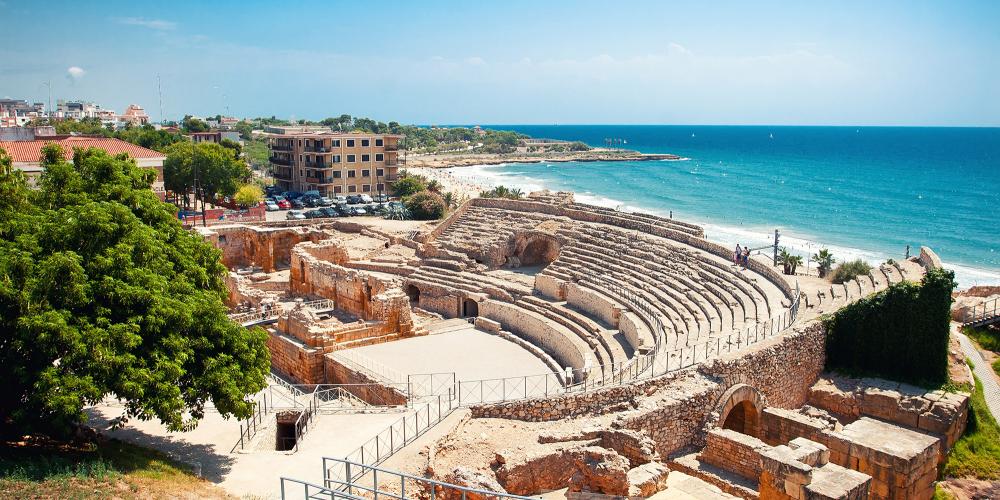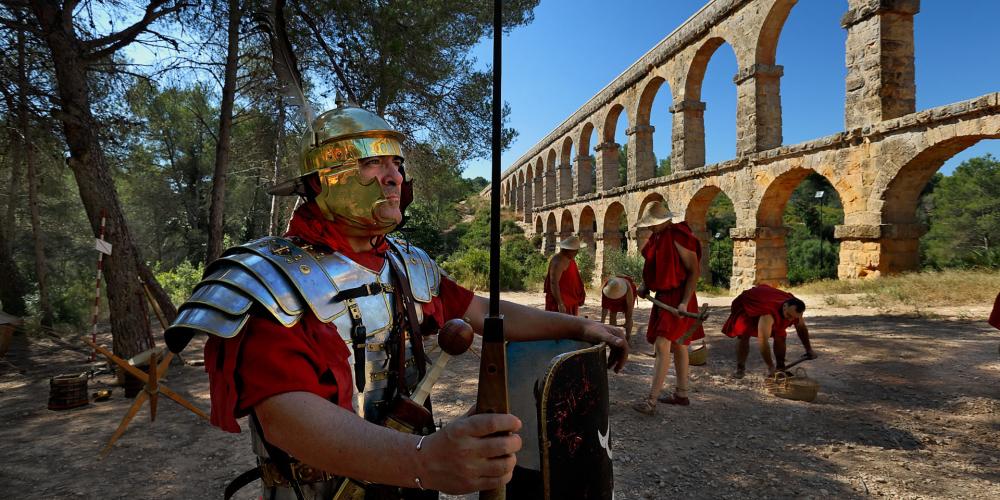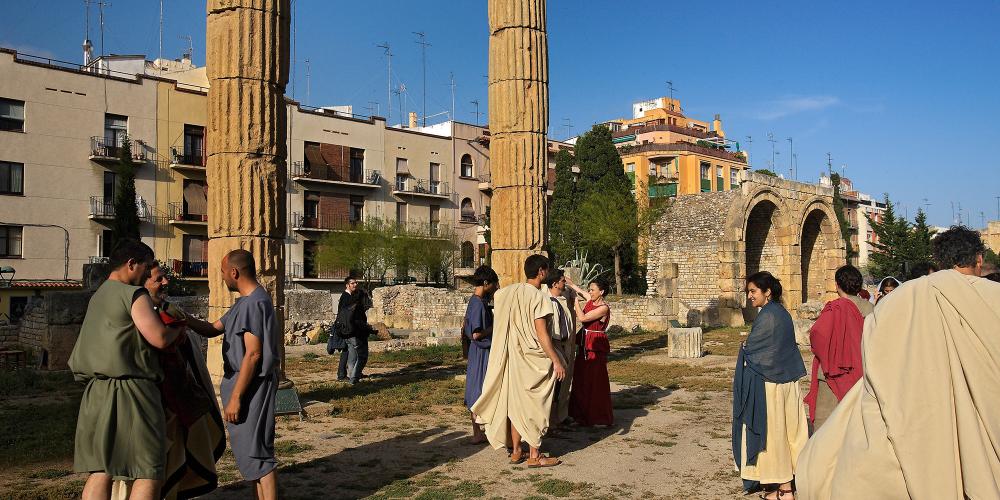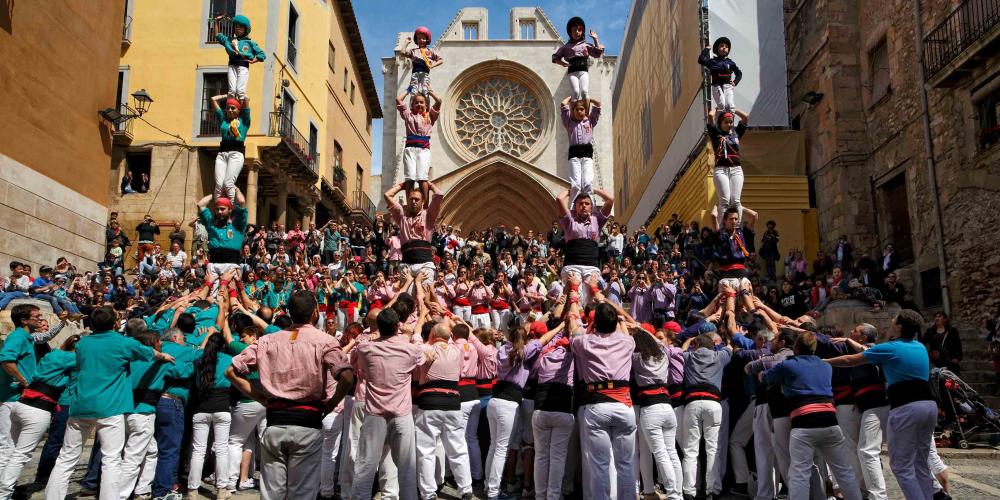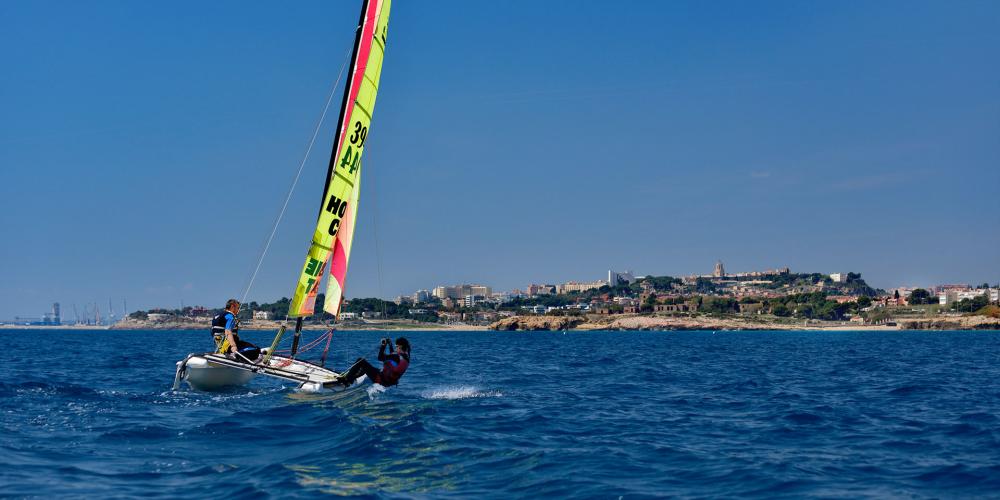Tarragona and the Archaeological Ensemble of Tarraco, Spain

As the Romans expanded across Europe, the Empire developed new techniques for urban design that we still use today. In ancient Tarraco, architects took a giant step into modernity when the city started using the area's natural landscape to their advantage—and altering it where necessary. The result was a series of artificial terraces with the official buildings at the top and the residential areas stretching out to the sea and the port.
Tarraco's residential design wasn't its only strength. The ancient site was a perfect illustration of overall planning—both urban and military. The defensive system of walls around the ancient city is one of the earliest examples of Roman engineering. And because of its sophistication, this model was copied by other provincial capitals in the Empire. Visitors will notice the quality of the materials, the marble used for the public buildings, and the richness of the architecture and sculptures.
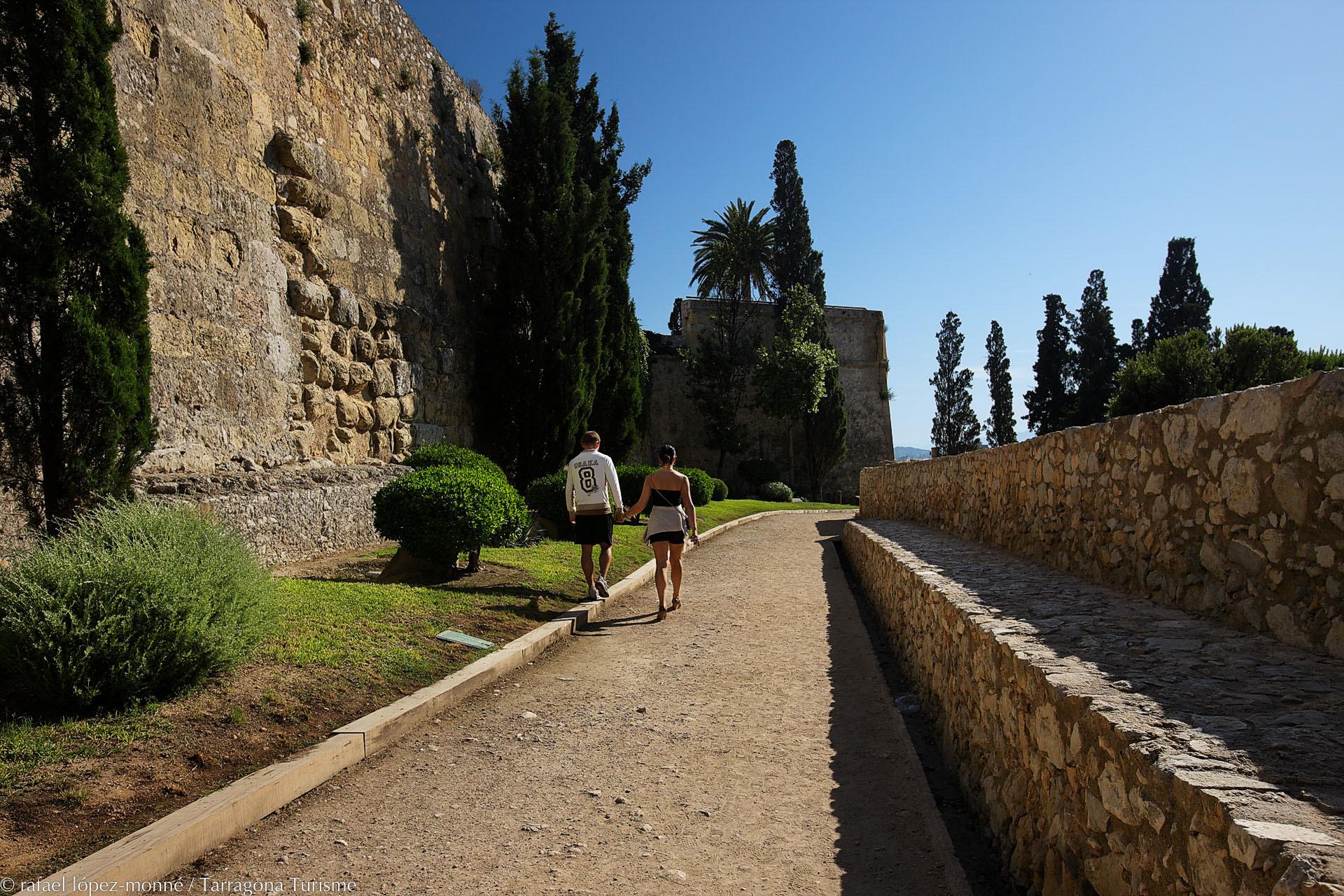
Ancient sites and relics fill the city, some standing independently and others incorporated into more modern development. From the triumphal arch, to the aqueduct and city walls, it’s easy to see Rome's influence and the effect of the city’s wealth and prestige. Travellers and historians will be in heaven here and drawn to locales and venues all over the city. There are many ancient highlights to this city, including the beachside Amphitheatre, which was built in the 2nd century AD and could hold up to 15,000 people. Don't miss the Praetorium and Roman Circus, the Cathedral and the Balcó del Mediterrani - according to local legend, touching its singular railing ("tocar ferro") brings good luck.
The Golden Coast's Legacy
Tarragona, the capital of a province with the same name, sits along the Costa Daurada (Golden Coast) in north-eastern Spain. The region has been recognised three times by UNESCO. First, in 2000, the city was awarded the distinction of World Heritage site for its Roman archaeological legacy, including exceptional historical sites such as the city walls, the circus, and the Amphitheatre. The two other times Tarragona received UNESCO recognition were for distinctions linked to its more recent culture: the castells (human towers) in 2010, and the Mediterranean diet in 2013.

Towering Cultural—and Human—Prowess
Anyone familiar with images of the region is familiar with the castells - the human towers formed by groups of people of all ages that can reach up to ten levels in height. In Tarragona, castells play a starring role in all the city’s major festivals and are closely followed by the entire community. And the city holds the largest castells competition in the world in October, once every two years.

Once the human buildings have been dismantled, the cuisine keeps people entertained. The Romans called Tarragona the City of Eternal Spring. Its mild, dry winters make it an ideal growing zone all year long. Try the Mediterranean cuisine, featuring traditional components like romesco, and, above all, fresh seafood and rice dishes. These culinary experiences must be paired with the local liquid specialties—namely olive oil and wine.
Mediterranean Attitude on Display
The Mediterranean climate and character of its citizens fill the city’s streets with a dense calendar of events, activities, and festivals, including: Tarraco Viva (Tarragona’s Roman festival); Santa Tecla (the fire festival); Sant Magí (the water festival); the Dixieland Festival; the DO Tarragona Wine Fair; and the International Fireworks Competition.
A Treasure for Every Traveller
Beyond the land-based experiences, Tarragona's coast offers visitors 15 kilometres of beaches and a front-row seat for the ecosystems and natural beauty that remains virtually unaltered. The fine, white-sand beaches slope gently into the water, making them safe and fun for families.
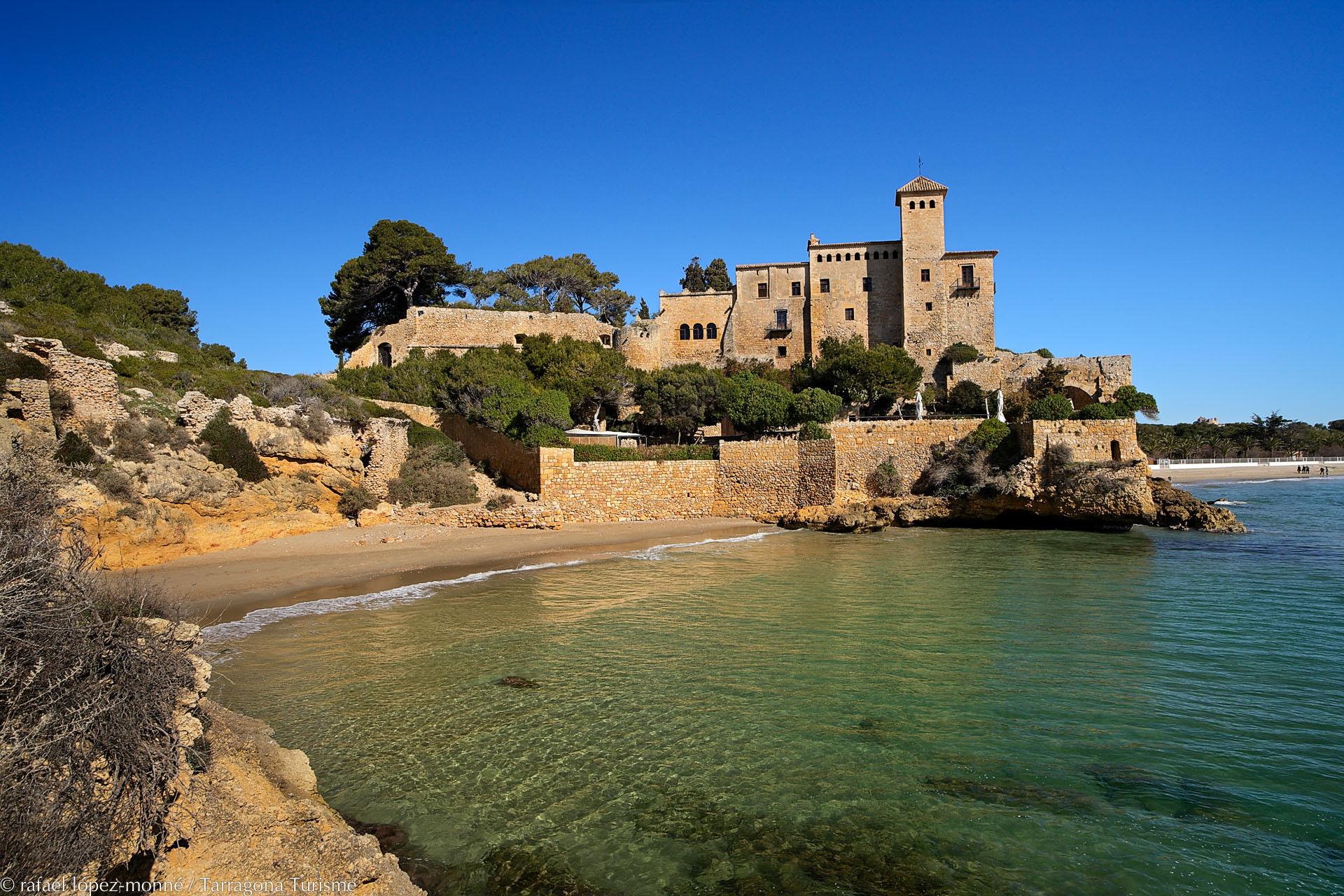
And there's no shortage of high-quality family-friendly accommodations. The city has a wide range of hotels for all tastes and budgets as well as beachfront campgrounds—some of which are ranked as the leaders in Europe for exceptional quality.
How to Get There
Located in the north-eastern corner of the Iberian Peninsula, Tarragona is Catalonia’s southernmost capital city. If arriving by plane, the region is accessed through two airports. Reus, is 7 kilometres away. Barcelona, is 82 kilometres away. By train, the city also has direct rail links to all major Spanish and European capitals.
The city is home to one of the busiest commercial and nautical ports in the Mediterranean and a stopover for cruise ships. On the Moll de Costa pier you’ll find Port Tarraco, a modern marina for yachts.
If arriving by car, Tarragona is the junction of two major Spanish motorways: the Mediterranean Motorway, which runs from Alicante to France and the rest of Europe; and the Northern Motorway—from Tarragona to the Basque country.
When to Visit
You can visit Tarragona all year round - it has an average yearly temperature of 18ºC (25ºC in summer, 12ºC in winter), and clean, sweeping beaches with fine, golden sand.
"The climate blends and confuses the seasons singularly, so that all the year seems an eternal spring." Lucius Annaeus Florus, Vergilius orator an poeta (2nd century A.D.)
How to Visit
You can visit the Roman archaeological site of Tarraco by foot, on wheels, or by sea to experience the city’s medieval, civil, and religious architecture and its Catalan modernist legacy.
Be sure to take advantage of guided tours to discover fascinating facts and anecdotes about different places and times in the history of Tarragona.
Or experience Tarragona on your mobile device with the Imageen app.
You can also enjoy magnificent beaches offering all the essential services, as well as a multitude of leisure activities including festivals, our unique human towers, theatre and water sports. And of course, Tarragona is the perfect city in which to do a little shopping.
